(Psst: The FTC wants me to remind you that this website contains affiliate links. That means if you make a purchase from a link you click on, I might receive a small commission. This does not increase the price you’ll pay for that item nor does it decrease the awesomeness of the item. ~ Daisy)
[Originally published on TheOrganicPrepper.com] Many people adhere to special diets these days for various reasons. But, what is there to eat when the supply chain breaks? With the global supply chain in place for decades now, residents of first-world countries have had access to just about everything. Many people live in dry, windy Colorado and eat a gluten-free diet involving lots of nut and rice flours. Lots of people can be vegan and enjoy fresh fruits and vegetables in any major city. You can even live in cold Minnesota and eat a keto diet full of avocados and coconut oil.
But, what happens when the supply chain breaks? What happens when the cost of fuel to transport food all over the world becomes prohibitive? Here’s what to eat when the supply chain breaks.
What about those who are gluten-free or must adhere to a special diet?
There are two main categories of people who choose gluten-free. Between 1 and 2 percent of the population has celiac disease. True celiacs really cannot eat even small amounts of gluten. I have known a few; if they accidentally eat a cracker or something not appropriately labeled, they will be on the floor in horrible pain.
Other people may not have celiac disease but have more vague issues like moderate digestive irritability and autoimmune symptoms. Many people in this category feel “off” much of the time and know something is not right. However, they can’t get a good diagnosis, so they try various diets, and gluten-free makes them feel a lot better.
Some of the rises in celiac disease and gluten sensitivity could be due to the more modern breeds of wheat. Research has shown that the proteins in modern, common wheat varieties are considerably different from those common 120 years ago. And these different proteins are probably more allergenic. Other possible causes of gluten intolerance include increased antibiotic usage. Or the practice of spraying wheat crops with glyphosate immediately before harvest to dry it out evenly.
Regardless of the underlying causes of gluten intolerance, many people have found relief in switching to gluten-free diets. I know most gluten-free folks have their favorite brands and recipes.
What do you do when your brands aren’t on the shelf?
What happens when you can’t find half the ingredients for your recipes?
First of all, every one of us needs to think about what exactly we eat. The prepared meals were the first things to disappear from my grocery store shelves. The true staples (wheat, beans, sugar, spices) took a little longer to clear out than the frozen pizzas, canned pasta, and ramen. They eventually disappeared too, and most didn’t reappear for three to four months. But I had a little more time, in the beginning, getting my staples because most people don’t cook from scratch. I learned a long time ago that you could save a lot of money by avoiding processed foods. It turns out working with base ingredients gives a lot of flexibility in being prepared, too.
If you have your favorite gluten-free meals or snacks, now is the time to look carefully at the ingredients and then attempt to recreate those recipes. This may take some patience, but if you succeed, you will find yourself saving a lot of money and having more skills at your disposal to navigate food shortages.
And if you can’t find your favorite ingredients?
Maybe the table to the left will help you find suitable substitutes for the ingredients you regularly use.
Experienced bakers know that certain flours are best for certain things. I prefer to use whole grain flour. I know which recipes I can get away with using whole grain and which recipes I need to use all-purpose. Gluten-free bakers have the same feel for what they need.
For example, if you start out attempting to bake your favorite gluten-free cupcakes, and the recipe calls for almond flour, what happens if you can’t find almond flour? Well, don’t use potato flour. It has about half the fiber and less than one hundredth the amount of protein as almond flour. To substitute successfully, you want to look at flours with similar protein, and fiber amounts to get similar results in baking. Again, this will probably take some time, but it’s doable.
Bakers at altitude need to make constant tweaks like this too
I started doing most of my baking when I lived in Houston, at 45 feet above sea level in a humid subtropical climate. Now I live on the High Plains at 5100 feet in a semi-arid region, and I’ve had to tweak just about every single recipe. Does it get tedious sometimes? Yes. But is it possible? Is it worthwhile, as opposed to just grabbing premade stuff at the grocery store? Oh, most definitely.
If you are a dedicated gluten-free baker and have money on hand to prepare a bit right now, it may be worthwhile to get a grain mill. Specialty flours like almond, oat, rice, and sorghum have always been relatively expensive and, like everything else, are unlikely to get cheaper any time soon. However, sacks of rice are still relatively inexpensive, even if you live in a cold, dry climate where rice won’t grow. And there are gluten-free grains that will thrive in dry climates. Sorghum and amaranth are weeds on my property, and people pay upwards of $5 per pound for them at the store. If you have some time, space, and money to prepare, it may be worth looking into harvesting amaranth or sorghum. Again, these are weeds on the High Plains. That’s how easily they grow.
Depending on your climate, other gluten-free flours may be more realistic
If you don’t know what farmers near you are growing, now is the time to find out. For example, rice may be more readily available than potatoes if you live along the Gulf Coast. Where I live, even during the worst grocery store shortages last year, you could meet farmers to grab 50 lb. bags of pinto beans, potatoes, and chiles within an hour’s drive. Beans and potatoes are gluten-free and are relatively easy to grow in most parts of the U.S. You can make bean bread.
Townsend’s on YouTube has an interesting video about making bread using potatoes.
All of these options are more work than just grabbing something from the store or ordering something online. However, when possible, we need to look at the farmers around us and see who offers foods that will fit into our diets. There is likely someone. We may have to tweak our recipes if we’ve been using almond or oat flour for years. But now is the time to look around us and figure that out.
What if you don’t have the time to forage, harvest, or contact farmers?
If you already have a primarily homemade diet and you rely on the availability of gluten-free bread, what now? Well, let’s look deeper at what we use bread for.
I love bread but had to cut back for a few months last year and limit my consumption of white bread. While I’m not gluten intolerant, I don’t digest it well. Between April and July of 2020, I couldn’t find whole grain flour in the grocery stores in my area. I had had some whole grain flour saved up, but I didn’t know when the stores would start restocking, so I was using it more slowly than usual.
Bread and soup is a standard meal at my house. But, we started having baked potatoes on the side instead. We started doing more rice pudding-style desserts instead of banana bread or zucchini bread. There wasn’t pasta in the stores for a while, either. (I’ve put spaghetti sauce and Italian sausage on top of mashed potatoes. It tasted pretty good! ) It would be hard to make sandwiches without bread, but you can put the fillings you’d typically use on the side of a baked potato or a cup of rice. Your meals may look different, but it will be possible to maintain a healthy diet.
It may be harder to maintain a strict vegan diet
Staying healthy could become challenging for most long-term vegans. Why? Because they rely on supplements that may or may not be easy to get hold of as the supply chain worsens. Most vegans I know avoid animal products because of ethical concerns as opposed to health conditions. They also live in urban and suburban areas where they have had access to fresh fruits and vegetables and the various supplements they need to stay healthy.
Rice, beans, and scrap vegetables will probably always be somewhat available and will always be the cheapest food. A lot of us may wind up getting closer to vegan than we ever wanted to. The vitamin supplements may get harder to find after a while.
I have a friend, an older country woman who is primarily vegan. Her strategy may be the best for those who wish to consume the absolute least amount of animal products possible. She grows most of her own fruits and vegetables. What she doesn’t eat in the summer, she cans and freezes for the winter. She buys a couple of sacks of beans and rice per year.
Where she lives is a rural area with a lot of cattle- and sheep-raising neighbors. Once in a while, she will get organ meats from them. She’ll eat heart or liver a few times a year because they are so vitamin and mineral-rich, and then that’s it. She doesn’t eat much meat, only a few pieces of what would otherwise probably go to dogs. If you can’t find your usual supplements, maybe that would be an acceptable option.
Don’t pay for the hype!
The diet most hyped to be more expensive than it needs to be is the keto diet. You can spend all kinds of money on specialty fats like MCT oil. Also, you can drop all sorts of money on things like konjac noodles to avoid the carbs we’re used to eating. But you don’t really have to.
I did a strict keto/fasting diet for about two months last year. It completely solved some blood-sugar issues I’d been having since my twenties. These were serious health problems. Not only would I get dizzy and nauseous and occasionally fall asleep in the middle of doing things if I didn’t eat every three to four hours, but I also lost four pregnancies. My body didn’t work quite right. With intermittent health insurance and no doctor I like or trust, I never quite figured it out.
I tried keto on a hunch, and it seems to have fixed things
I can now skip meals and snacks with no effect other than feeling hungry. I’m not going to try having any more children, but my body, in general, seems to be working better. I feel much better than I used to. So I don’t wholly want to knock keto because it’s helped me out a lot, but I do not use most of the trendy keto foods.
The basis of the keto diet is just healthy fats. Butter is a healthy fat, and I put it on everything. I don’t avoid carbs as much as I did during my strict two-month cleanse. In fact, I found I can still have some bread every day. I just put butter on it. When I spent time in Mexico with friends many years ago, I was amazed at how thin they were despite spreading avocado on absolutely everything. Now I think they were probably thin because they spread avocado on everything. Butter and avocados fill you up, so you don’t spend the rest of the day snacking.
There are other sources of fat, too
For example, if we make a roast for dinner, usually, a ton of fat floats to the top of the cooking liquid. I used to discard most of it; now I keep it, and my kids and I will soak bread in it. It tastes delicious and is quite filling. We also cook vegetables in it. Oils and fats are only getting more expensive. It is crucial to waste absolutely nothing right now.
And, of course, keto folk have eggs. Eggs, butter, and toast is a pretty basic meal, and if you keep the toast thin and the butter thick, it can count as keto-ish. You can buy all kinds of weird ingredients to eat keto, but you really, really don’t have to.
The key to maintaining the benefits of a keto diet will probably be similar to the gluten-free diet: finding and building relationships with local producers. I started producing my own meat years ago. I buy butter at the store and keep toying with the idea of getting a cow. We’ll see how this plays out. But I’ve got other animal fat sources for now, and if I have to give up butter, well, it’ll just be more grease on bread until I can figure that out. Flexibility is everything.
I truly believe many of us will have to get used to eating “whatever.”
Those of us on special diets will have to be more discerning. For me, if the choice is between a bag of sugar cookies and nothing, I’ll have to take nothing. Because I know from experience, the sugar cookies will make me feel far worse four hours later than I would have otherwise. I really hope it doesn’t come to that.
The key to not only surviving but thriving and being content during shortages will be largely contingent upon our ability to adapt. People with special dietary needs (and I include myself in this category!) tend to, reasonably, be a little more fixated on their exact routines when it comes to food simply because we know how bad we feel if we eat the wrong things.
But there is no need for us to despair at the loss of our favorite ingredients. Food companies have benefited a lot the past few years by selling us convenient, prepared specialty diet foods. Those can be nice when we’re in a hurry, but there are cheap foods that will fit into specialty diets almost everywhere.
What will you eat when the supply chain breaks?
Are you on a special diet? What have you done to ensure you will have the foods you need when the supply shortages worsen? Share your tips for gluten-free and other special diets with our readers.
About Joanna
Joanna has been homeschooling three children since 2012. In 2014, she moved to the High Plains of Colorado. She and her children began a little homestead, gardening and raising chickens for eggs and meat. One animal led to another, and these days they have livestock guardian dogs, chickens, geese, ducks, alpacas, goats, pigs, and one very spoiled cat.
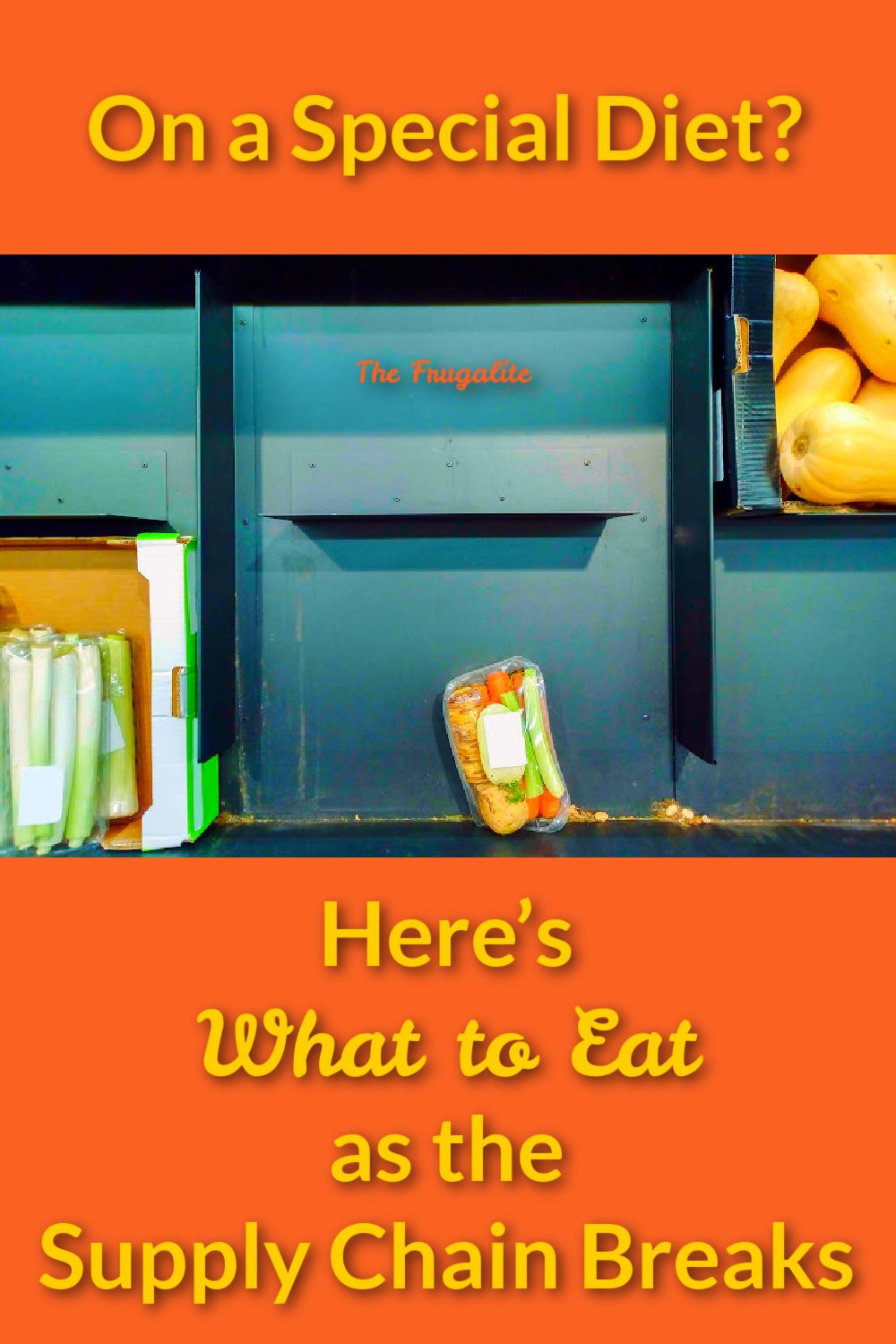

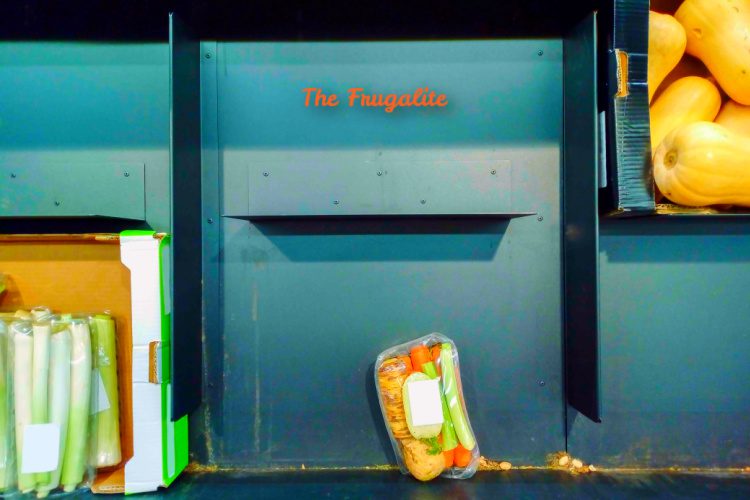
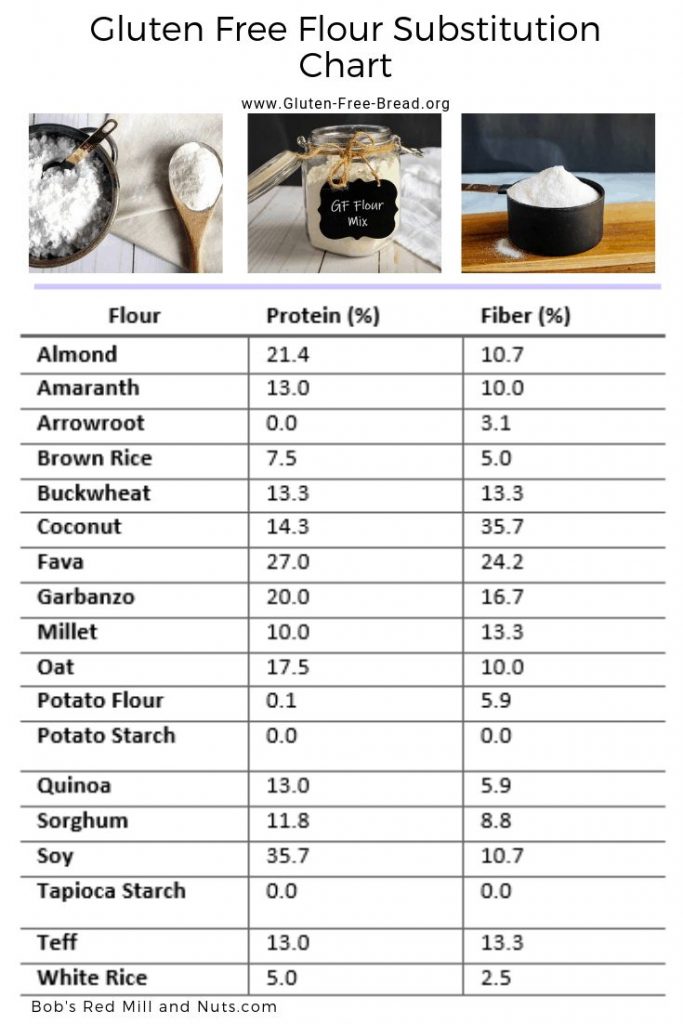




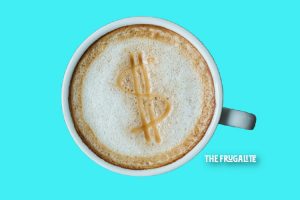

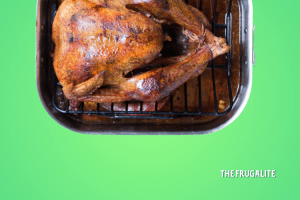
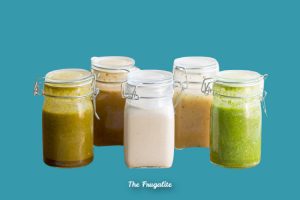

1 thought on “On a Special Diet? Here’s What to Eat As the Supply Chain Breaks”
I love this article. If I were truly gluten intolerent I’d probably be filling in the pool and look at getting one or two small goats, and farming even more potatoes and onions, and maybe some chickens or quail, because I could surivive on that even if I couldn’t get other food.
As it is, many people with digestive issues might see them solved or at least improved if they grew their own food or at least tried to avoid most processed foods and preservatives. Why do I say this? Because I remember a story about a group of people who traveled to the Balkans. One person was lactose intolerant. She was able to drink milk and eat cheese just fine when she was over there, not sure how she discovered it. The point was, the crops in that area were handled differently than they were in other countries, and it was kinder to her gut. The same may be said for others. Or it may not.
Now is the time to experiment, I think, not when the supply chain has completely broken. Learn to garden now, learn what your true limits are, what you really can and can’t eat, while we still have a bit of time.